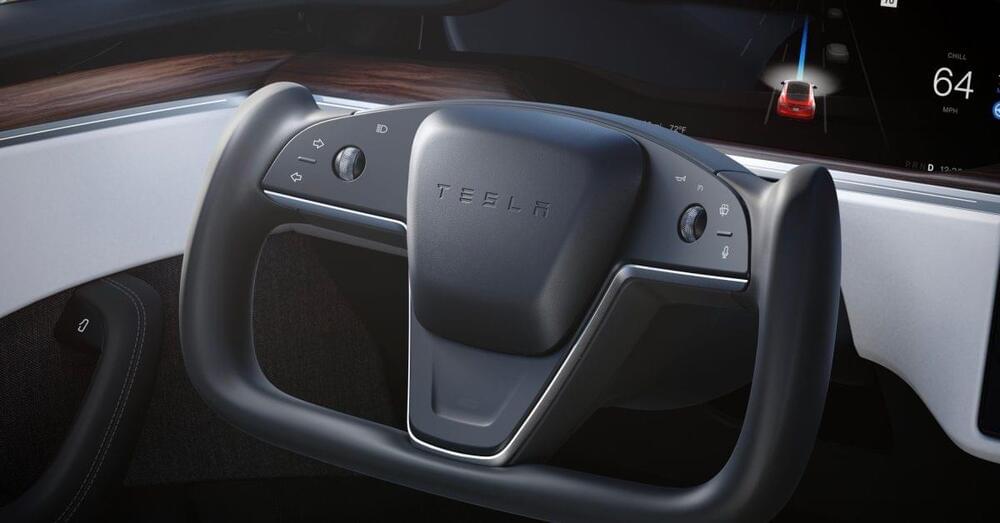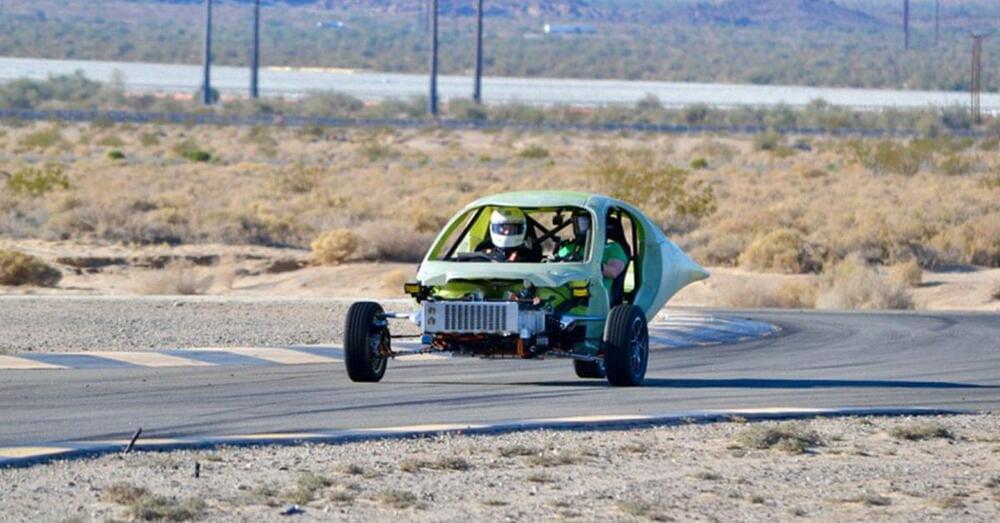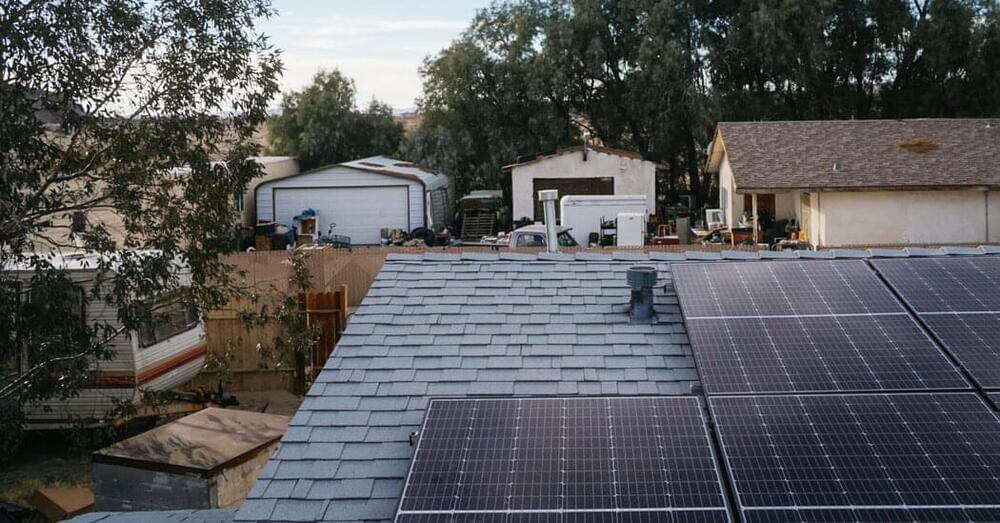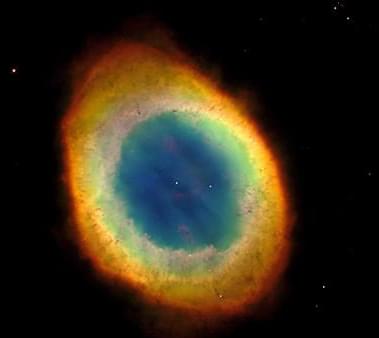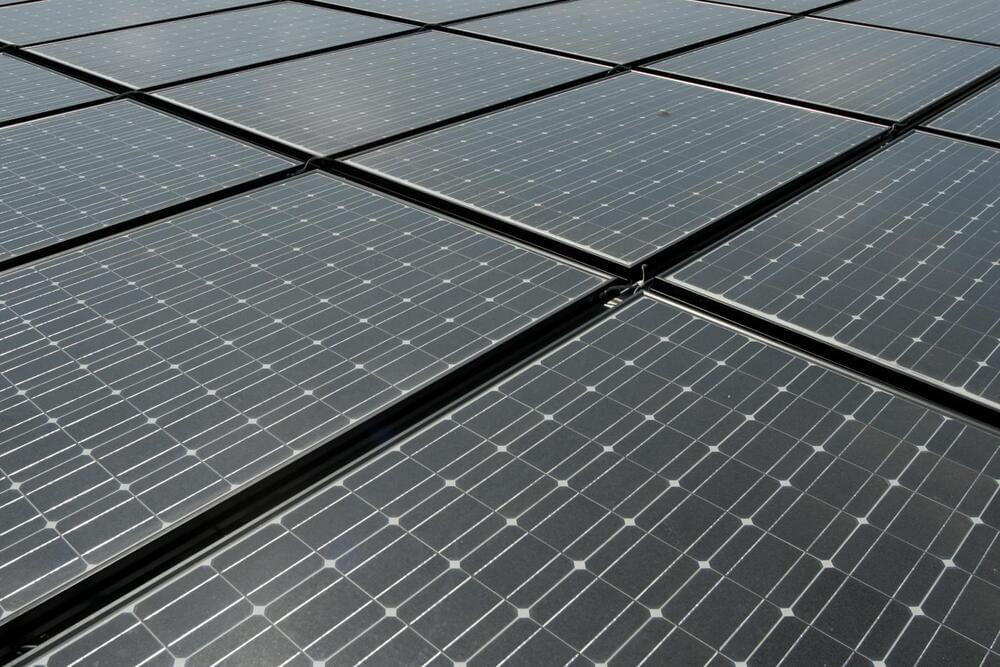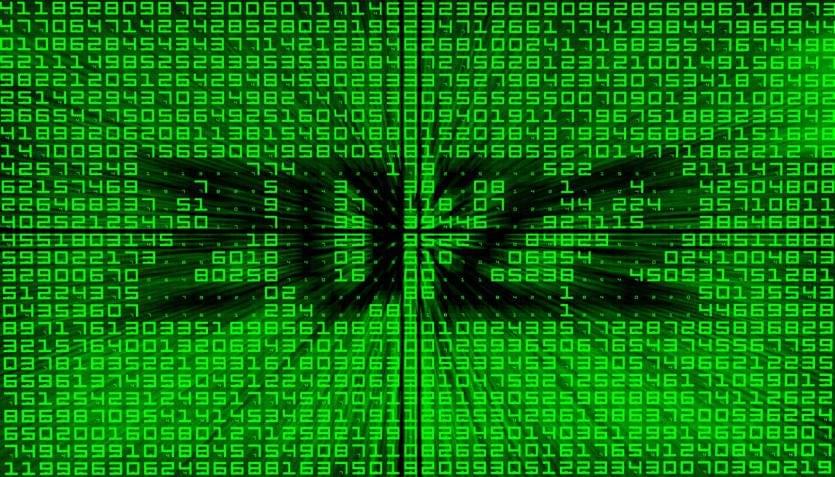Long a hub of geothermal power production, a forgotten backwater of Southern California known as the Salton Sea, is a bountiful reservoir of lithium, is being dubbed “Lithium Valley.” The silvery-white metal is now in huge demand as it is used in electric vehicle batteries. Ben Tracy reports.
Each weekday morning, “CBS Mornings co-hosts Gayle King, Tony Dokoupil and Nate Burleson bring you the latest breaking news, smart conversation and in-depth feature reporting. “CBS Mornings” airs weekdays at 7 a.m. on CBS and 8 a.m. ET on CBSN.
Watch CBSN live: http://cbsn.ws/1PlLpZ7c
Download the CBS News app: http://cbsn.ws/1Xb1WC8
Follow “CBS Mornings” on Instagram: https://bit.ly/3A13OqA
Like “CBS Mornings” on Facebook: https://bit.ly/3tpOx00
Follow “CBS Mornings” on Twitter: https://bit.ly/38QQp8B
Try Paramount+ free: https://bit.ly/2OiW1kZ
For video licensing inquiries, contact: [email protected]
